If you’ve been a photographer in the last 20 years you can probably remember the megapixel wars between the major camera manufacturers in the first decade of the 2000s. As we push into the 2020s the megapixel race has reignited not with the once-mighty DSLR but with everyone’s new camera of choice, the smartphone. So which smartphone camera has the most megapixels?
It’s a rather complex question. With traditional interchangeable lens cameras we’ve come to realise that more megapixels doesn’t necessarily mean better image quality. Every sensor is divided into however-many-million-pixels, each of which gathers light independently.
That means pixel size also plays a role as the larger the photosites, the more data they can record. It’s a question of balance, but generally speaking, a larger sensor with fewer, bigger pixels will produce better quality images with greater dynamic range.
So how do smartphone cameras like the Samsung Galaxy S20 Ultra, which boasts 108 megapixels, produce such sharp images? Well, technology has evolved and smaller pixels have more light-gathering ability.
As mobile phone processors and software have advanced, there are digital tricks to improve image quality. In short, smartphone sensors are now able to combine data from multiple pixels in order to create a ‘final image’ that theoretically increases image quality.
Some smartphone cameras, such as the Samsung Galaxy S20 Ultra for instance, combine data from 9 megapixels into one for more detailed images.
In other words, when it comes to smartphone cameras, the hardware is no longer the most important component. The evolution of AI and computational photography software has enabled smartphone camera sensors to exceed the limitations of their physical size.
So with smartphone cameras it’s interesting: it’s all about the megapixels… but it also isn’t. The more megapixels on your interchangeable lens camera, it really depends on the size of the pixels. But with smartphone cameras it’s largely down to the software.
Smartphone cameras with the most megapixels also tend to incorporate software that combines data from multiple pixels. And where this really shines is in these cameras’ night modes. Typically, they are able to harvest the best bits from the frames of a short burst of video that recreate the effects of stabilisation.
So when you’re looking for the smartphone camera with the most megapixels, rest assured that this isn’t a reboot of the halcyon days of the 2000s megapixel wars. A 108MP smartphone sensor is indeed much more powerful than those other 48-megapixel offerings.
Smartphone cameras with the most megapixels
Samsung Galaxy S20 Ultra
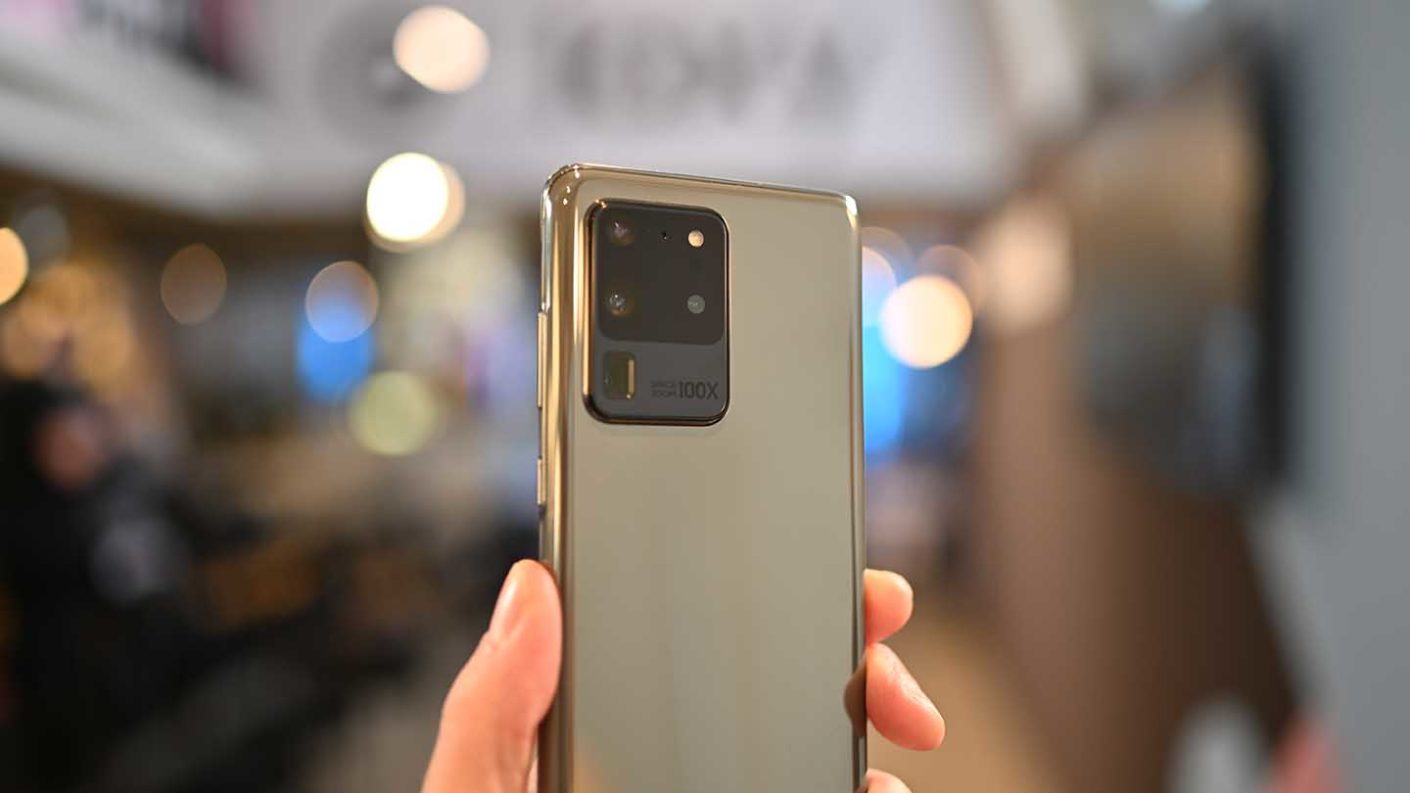
Specification
- Video Resolution: 8K at 30fps, 4K at 120fps
- Zoom: 100x Space Zoom
- Audio: Zoom-in mic
The Galaxy S20 Ultra is not short on features, beginning with its camera. The quad camera array on the rear of the S20 Ultra comprises a 12-megapixel ultra-wide camera, 108-megapixel wide-angle camera, 48-megapixel telephoto camera and a depth vision camera.
What’s more, the S20 Ultra’s pixels capture more light thanks to nona-binning technology. This effectively combines nine pixels into one creating larger photosites that capture more light.
On the front of the Ultra is a 40-megapixel selfie camera. Photo mode now offers what is called Single Take. In this mode, when you press the shutter the S20 Ultra records a short clip of video, and then AI selects your best frames.
Quick Take sees the Galaxy S20 Ultra employ all of its cameras at the same time. It then provides you with a selection of your best shots at different focal lengths.
The Galaxy S20 Ultra also adds 8K video recording at 30fps from the 108MP camera, as well as 4K at 120fps, Full HD and HD. 8K videos can be cast on Samsung’s 8K-ready TVs, or you can upload footage directly to YouTube.
Galaxy S20 Ultra users can also now film in Pro Mode. This means you have all of the same controls that you would were you filming with a DSLR.
Another interesting feature that proved very clever in my initial tests was the zoom-in mic. The Galaxy S20 Ultra’s microphone will effectively zoom in 6x to seek audio, and then follow that sound. This might be useful, for instance, if you were filming a live band or a speech at a wedding, and wanted to eliminate the background noise around you.
Space Zoom is the other big feature Samsung has introduced to its Galaxy S20 family. This is a new combination of hybrid optical zoom and AI-powered digital zoom. With the S20 Ultra you get 100x Space Zoom (the S20+ and S20 each extend 30x).
Huawei P40 Pro

Specification
- Product Type: Smartphone
- Launch date: 26th March 2020
- Operating system: EMUI 10.1 (based on Android 10)
- Processor: HUAWEI Kirin 990 5G, CPU: Octa-core 2 x Cortex-A76 Based 2.86 GHz + 2 x Cortex-A76 Based 2.36 GHz + 4 x Cortex-A55 1.95 GHz, GPU: Mali-G76, NPU: Dual Big Core + Tiny Core NPUs (Neural-network Processing Unit)
- Camera type: Four camera system: Leica Vario-Summilux-H 1:1.8-3.4 / 18-125 ASPH
- Main Camera Details: 1/1.28-inch 50Mp Ultra Vision Camera (27mm equivalent, f/1.9 aperture, OIS, RYYB sensor), 1/1.54-inch 40Mp Cine Camera (18mm equivalent, f/1.8 aperture), 12Mp SuperSensing Telephoto Camera (125mm equivalent, f/3.4 aperture, OIS, RYYB sensor) and 3D Depth Sensing Camera
- Screen: 6.58-inch 19.8:9 2640 x 1200 OLED with up to 90Hz refresh rate
- Maximum video resolution: 4K(3840 x 2160 pixels) 60fps video recording
- Focusing: Phase detection
- Front (selfie) camera: 32Mp f/2.2 aperture and Depth Camera, with autofocus
- Waterproof rating: IP68
- Memory: 8GB RAM + 256GB ROM
- Battery capacity rating: Typical value: 4200mAh , rated capacity: 4100mAh
- Dimensions (WxHXD) : 72.6 x 158.2 x 8.95mm
- Weight: 209g
Like the P30 Pro, the Huawei P40 Pro has a four-camera system and again its produced in collaboration with Leica, the esteemed German camera manufacturer. For the P40 Pro Huawei and Leica have created a Vario-Summilux-H 1:1.8-3.4/18-125 ASPH camera system. That means that there’s an effective focal length range of 18-125mm and a maximum aperture of f/1.8 at the widest point and f/3.4 at the telephoto point.
The Huawei P30 Pro’s camera has a wider zoom range that runs from the equivalent of 16mm to 125mm. However, the P40 Pro’s main camera has a bigger sensor, which should be good news for image quality.
As in the P30 Pro, Huawei has used a periscope design for the telephoto lens in the P40 Pro. That helps to keep the phone’s thickness down while giving extra focal length.
Huawei has stuck with the innovative RYYB (red, yellow, yellow, blue) sensor design instead of the more common RGGB (red, green, green, blue) filter array. However, it has used this technology in two of the cameras in the P40 Pro, the 50Mp Ultra Vision Camera (Wide Angle, f/1.9 aperture, OIS) and the 12Mp SuperSensing Telephoto camera (f/3.4).
We’ll be honest here. The Huawei P40 Pro has a great smartphone camera that delivers impressively high-quality images in conditions that other cameras would struggle.
However, the current situation between Google and Huawei means that you can’t use many of the apps you’d take for granted on other phones. So while the camera scores very well, overall, the phone doesn’t deliver what many people want, which is a real shame.
£899
For
- Excellent performance in the default settings
- High-quality video with good stabilisation even in 4K mode
- Superb night-mode that delivers sharp images in challenging conditions
Xiaomi Mi Note 10 Pro
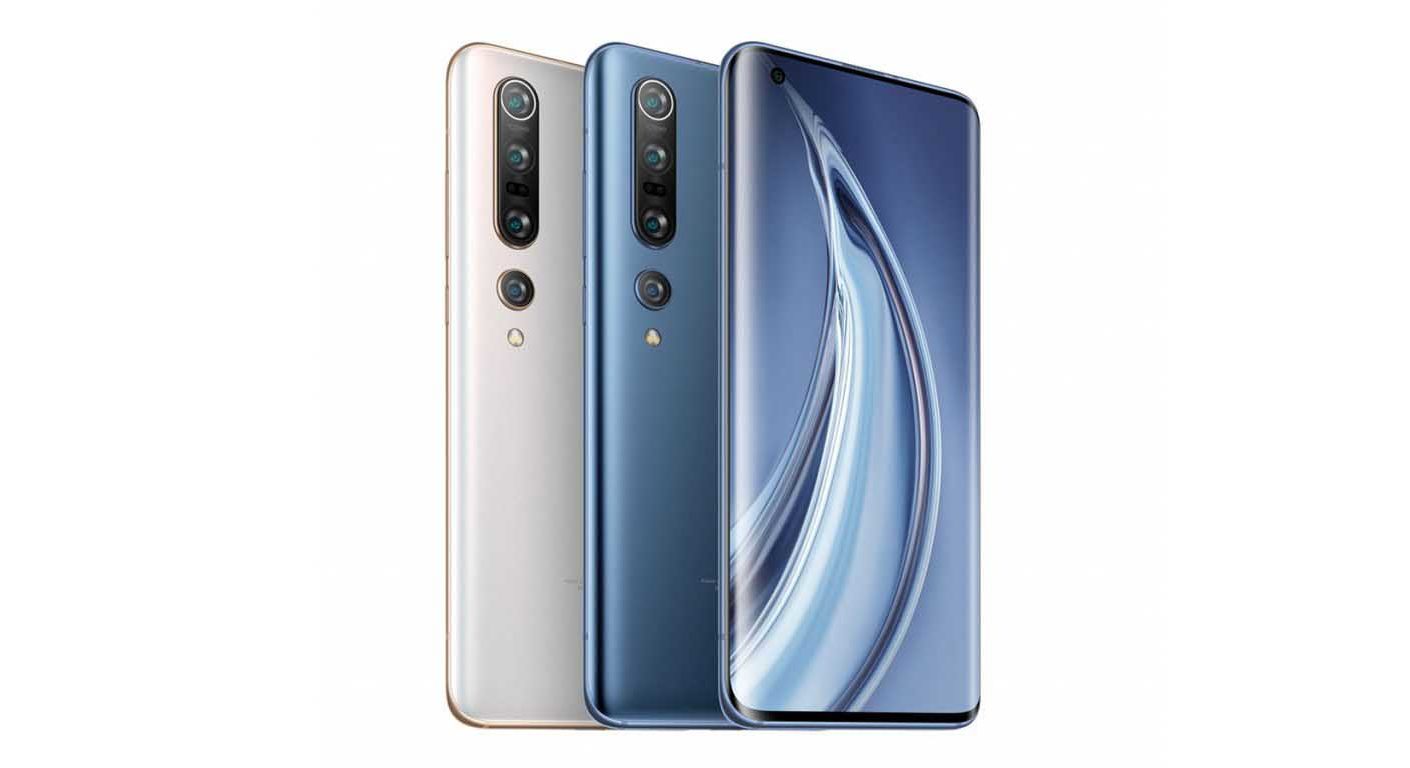
Specification
- Cameras: 108MP wide-angle, 12MP telephoto, 8MP telephoto, 20MP ultra wide-angle
- Video: 8K at 30fps, 4K at up to 60fps, Full HD at up to 960fps
Xiaomi’s top-end Mi model features a quad-camera array, led by a 108-megapixel wide-angle camera with an f/1.7 aperture and a 1/1.33-inch sensor. It’s backed by a 12-megapixel 50m f/2.0 telephoto camera with a 1/2.55-inch sensor, an 8-megapixel f/2.0 telephoto and a 20-megapixel f/2.2 ultra-wide camera.
The Mi Note 10 Pro can also record 8K video at 30fps, as well as 4K at up to 60p and Full HD video at up to 960fps for super slow-motion movies.
On top of all that firepower the Mi Note 10 Pro provides excellent battery life with rapid charging. It’s quietly one of the best smartphone cameras you can buy.
£649
For
- Great image quality
- Excellent price
- 8K video capability
Oppo Find X2 Pro
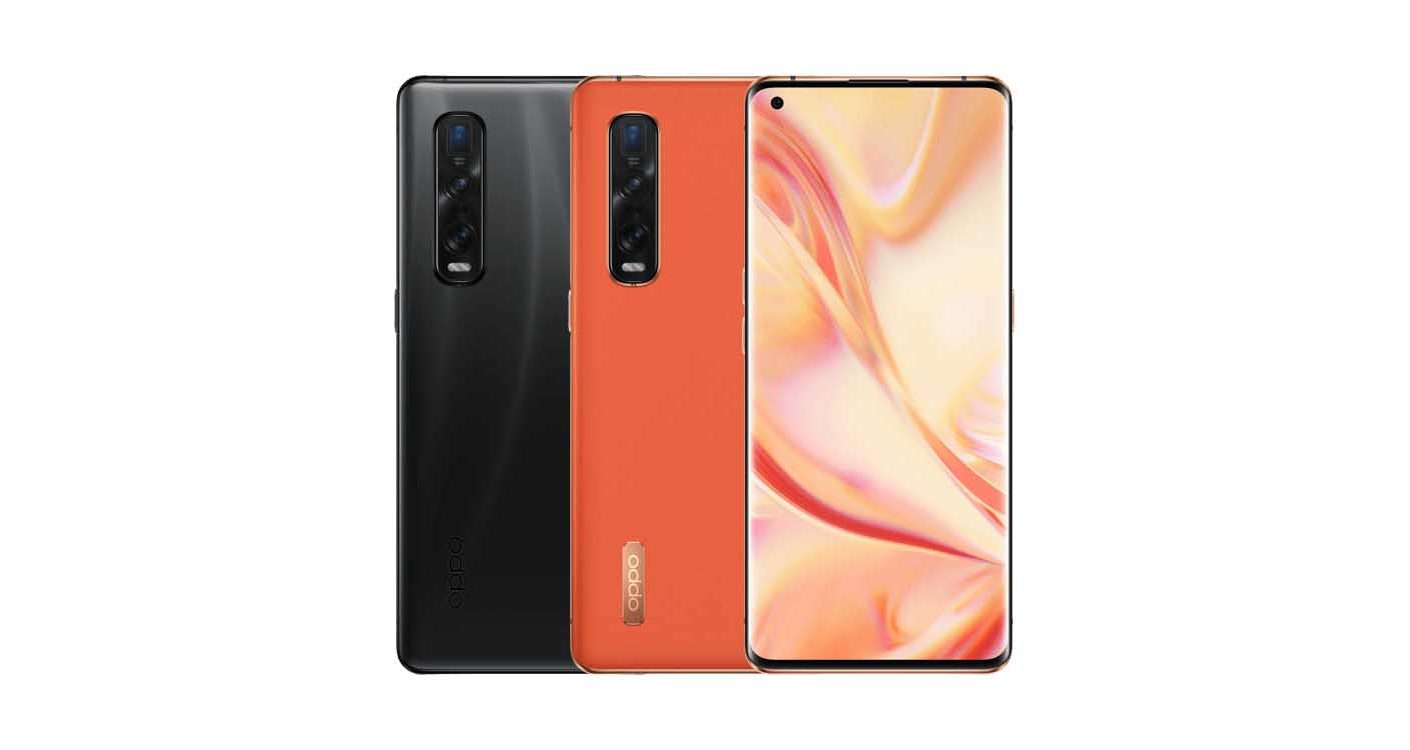
Specification
- Cameras: 48MP wide-angle, 48MP ultra wide-angle, 13MP telephoto
- Chipset: Snapdragon 865+
Oppo’s premium Find X2 Pro offers a three-camera setup, which is comprised of a 48-megapixel wide-angle camera, a 48-megapixel ultra wide-angle camera and a 13-megapixel periscope telephoto lens.
It may not have as many megapixels as some of the other smartphone cameras on this list, but it’s a beast in action. All three lenses work in unison to provide a 10x hybrid zoom.
Meanwhile, Oppo’s colour temperature sensing and image fusion algorithms help provide consistent tones in your images.
New 65W SuperVOOC charging technology lets you charge the Find X2 Pro’s 4260 man battery at up to 40% in just 10 minutes and fully charge in just over a half hour.
The Find X2 Pro also uses the Snapdragon 865+ chipset for faster operation.
For
- 10x Hybrid Zoom
- Rapid charging
- Great image quality
OnePlus 8 Pro
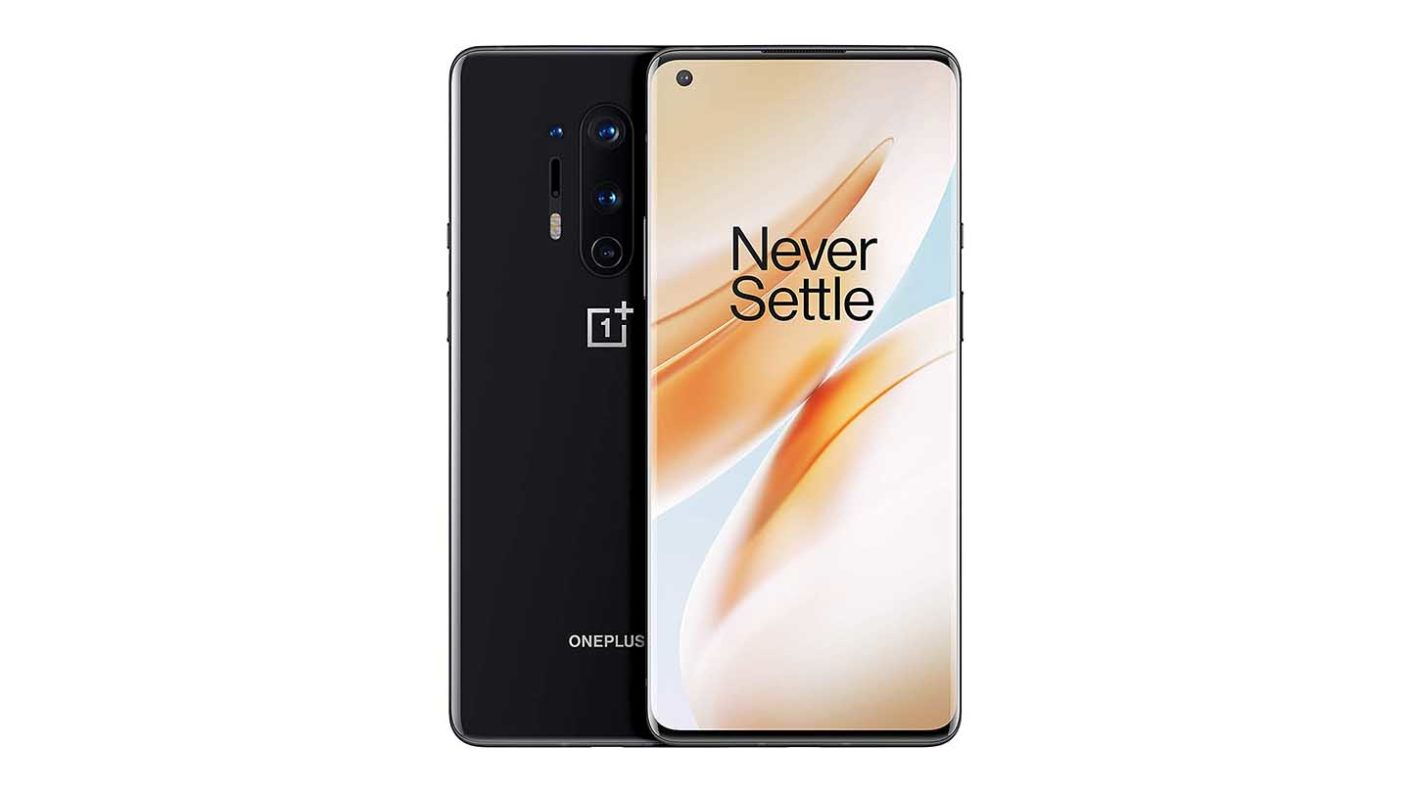
Specification
- Cameras: 48MP main camera, 48MP ultra wide-angle, 8MP telephoto, 5MP IR lens
- Chip: Snapdragon 865
The OnePlus 8 Pro boasts a quad camera setup, bolstered by a 48-megapixel main camera that offers 3x hybrid zoom. There’s also a 48-megapixel ultra wide-angle lens, an 8-megapixel 3x telephoto lens with up to 30x digital zoom and a 5-megapixel IR lens.
Meanwhile the 16-million-pixel front camera provides slow motion capabilities at up to 960fps.
Other features include a 120Hz display and ultra-fast charging (both wired and wireless). It also uses the Snapdragon 865 chipset and offers up to 256GB of internal storage.
£899
For
- Excellent display
- Fast and powerful
Xiaomi Mi CC9 Pro Premium
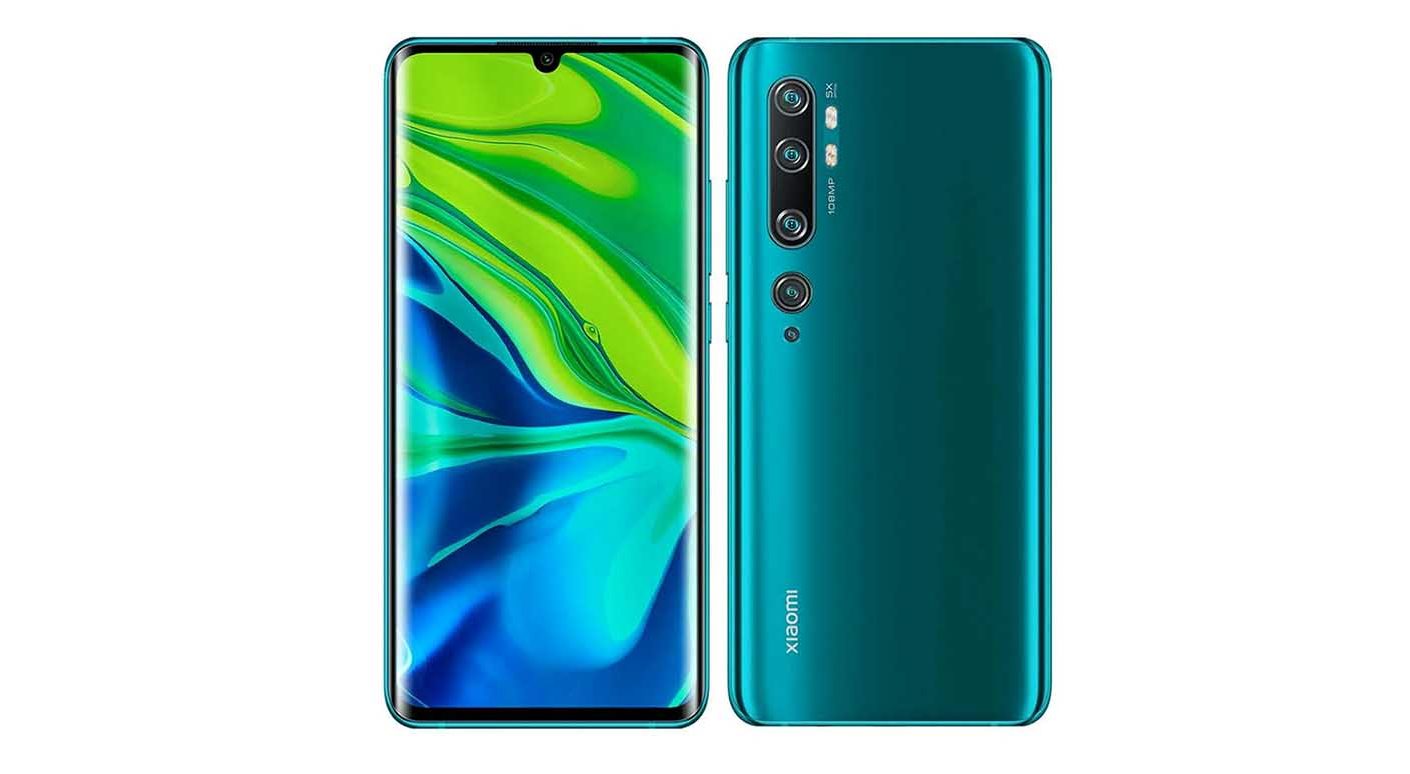
Specification
- Cameras: 108MP wide-angle, 12MP short telephoto, 8MP long telephoto, 20MP ultra wide-angle cameras
- Chipset: Snapdragon 730G
Xiaomi’s top-end smartphone packs a punch. The main wide-angle camera boasts a 108-megapixel, 1/1.33-inch sensor with an f/1.69 lens. It’s backed up by a 12-megapixel short telephoto, an 8-megapixel long telephoto and 20-megapixel ultra-wide camera.
The short telephoto is a 50mm equivalent and provides a 2x zoom, while the long telephoto offers 5x zoom. Meanwhile, the front selfie camera offers 32-megapixel resolution.
The 6.47-inch AMOLED touchscreen is capable of 16 million colours, and inside is the Snapdragon 730G chipset. Like other models on this list of phones with the most megapixels, the Xiaomi Mi CC9 Pro Premium offers rapid charging, going to more than 50% in just a half hour.
£499
For
- Excellent image quality
- Ultra-fast charging


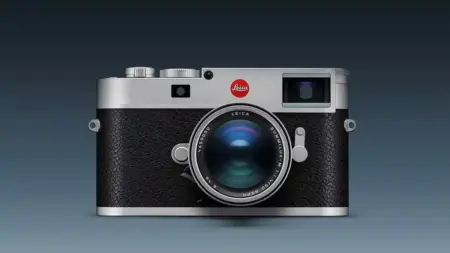

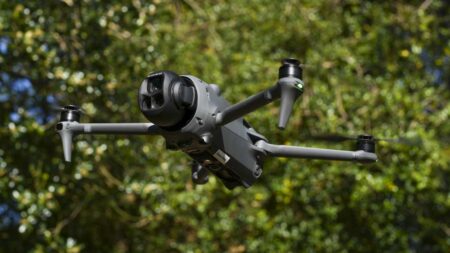
Leave a Reply